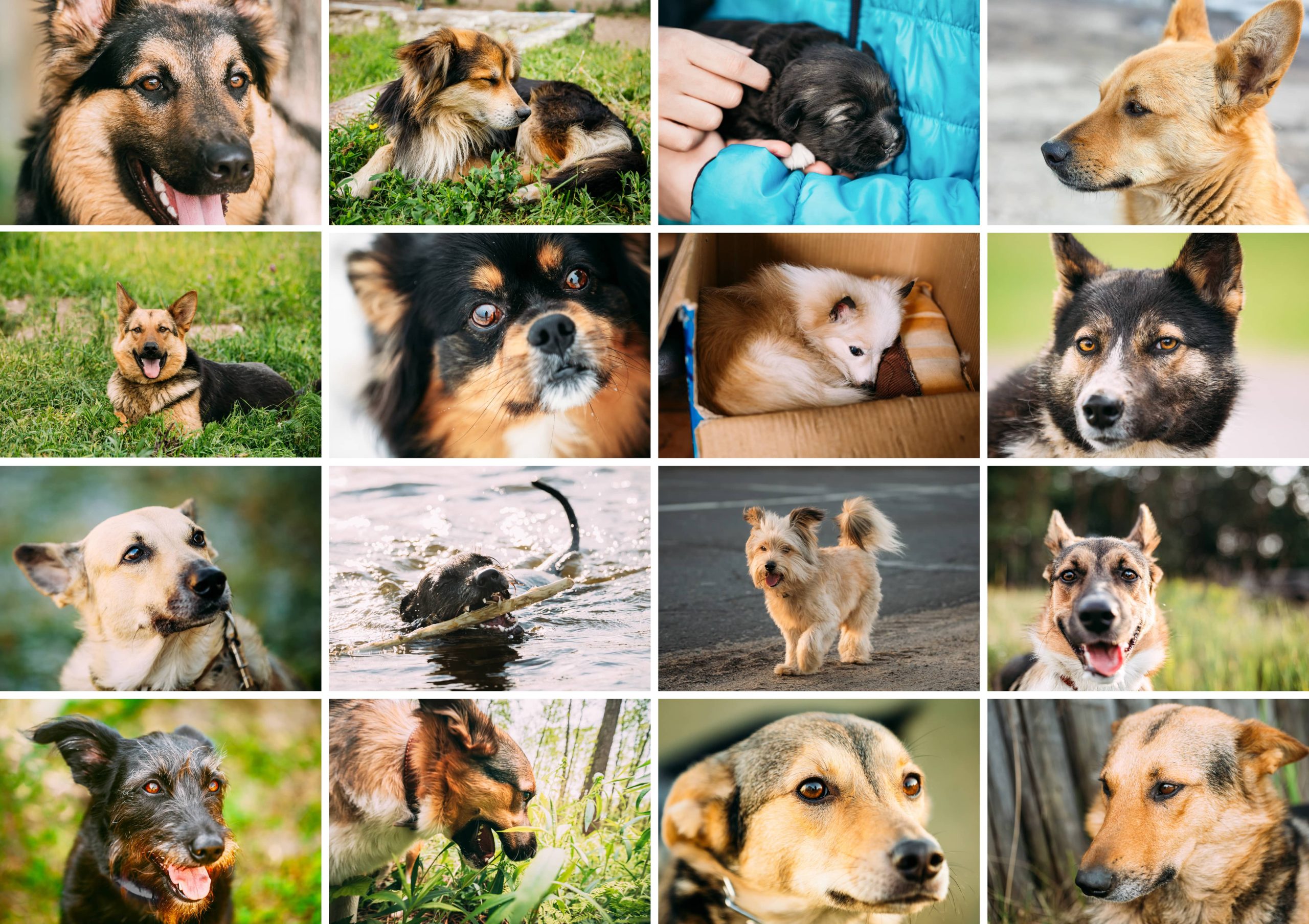
When you think about pets that recognize their owners, dogs and cats likely come to mind first. These companion animals are well-known for their strong bonds with humans, evident by their responses to returning family members after an absence or their distinct excitement at the sight of their caregivers. Yet in the realm of exotic and uncommon pets, the ability to recognize and respond to their owners is equally profound, although less celebrated. Today, we’ll explore the fascinating instances of recognition among various exotic pets and offer insights into the depth of these unique bonds.
Understanding Recognition in Exotic Pets
Recognition in pets can manifest in various ways—through vocalizations, behavioral changes, or physical reactions such as following their owners or responding to specific commands. Behavioral studies suggest that the ability to recognize owners is not solely dependent on the species but also on the level of interaction and the quality of care provided.
Birds: The Avian Bond
Birds, particularly parrots, are renowned for their intelligence and social capabilities. Parrots in the wild form strong pair bonds and social structures, and these traits carry over into captivity. Many parrots, including African Grey Parrots, Macaws, and Cockatoos, are known to not only recognize their owners but also to mimic their speech, understand routines, and show affection in distinctive ways.
An African Grey Parrot named Alex, educated by animal psychologist Dr. Irene Pepperberg, is a famous example. Alex demonstrated that these birds could understand complex concepts and recognize different humans, showing varying degrees of affection and familiarity. If a parrot identifies its owner, it may showcase excitement through vocalizations, wing flapping, and even trying to engage in play or conversation.
Reptilian Relationships: Beyond the Cold Exterior
Reptiles, often perceived as solitary and unemotional, can also distinguish their humans. For instance, many bearded dragon owners report that their pets show signs of recognition, such as remaining calm while being handled or showcasing preference for certain individuals by moving towards them. Studies also highlight that reptiles like iguanas and certain species of snakes can identify their owners through scent and touch, exhibiting more relaxed behavior in their presence compared to strangers.
Iguanas have relatively good vision and can distinguish different people by their size, shape, and color of clothing. Many iguana owners have noticed their pets becoming more sociable and less defensive once they acclimate to their caregiver, showcasing a form of recognition and trust.
The Intelligent Cephalopods: Octopus Minds
Octopuses are gaining recognition for their intelligence, problem-solving abilities, and distinctive personalities. Though their lifespan in captivity tends to be short, there have been instances where octopuses have shown signs of recognizing their caregivers. These creatures can distinguish between different people based on their scent and appearance. Some researchers and aquarists report that octopuses will readily interact with their favored human, squirting water or changing color when they see someone familiar approaching.
Small Mammals: Ferrets and Raccoons
Small exotic mammals such as ferrets and raccoons can form bonds with their human families too. Ferrets are curious and social animals that often interact dynamically with their owners, showing excitement through playful behavior when reunited with them. Their keen sense of smell helps them recognize their human companions easily.
Raccoons are another example; while controversial as pets due to their wild nature and particular care requirements, they are undeniably intelligent. Raccoons can recognize their owners and show signs of affection and attachment, often following them around and seeking attention.
Fish: More Than Just Water Dwellers
While it might be surprising, some fish species are capable of recognizing their owners. Fish like bettas and goldfish can learn to recognize the person who feeds them, often swimming to the front of the tank and responding with more activity when their specific human companion approaches. They might not have the same level of interaction as a dog or a parrot, but those who keep fish can attest to their pets’ ability to form a unique bond.
Interaction and Care: The Foundation of Recognition
The degree to which an exotic pet can recognize its owner largely depends on the extent and nature of interaction they receive. Positive reinforcement, attentive care, and consistent engagement foster trust and recognition. For example, consistently handling a reptile during feeding, enrichment activities with birds, or interacting gently with an octopus can significantly enhance the bond.
Furthermore, establishing routine is crucial. Many pets, including exotic ones, thrive on routines which help them feel secure. Regular feeding times, consistent behavior training, and predictable interactions contribute to strengthening the bond and recognition between owner and pet.
Conclusion: Celebrating the Bonds of the Unconventional
The ability of exotic pets to recognize their owners highlights the depth and versatility of animal intelligence and social bonds. These extraordinary interactions not only enrich the lives of the pets but also profoundly impact their human companions. Exotic pets may come with unique challenges and requirements, but the rewards can include deep, mutual recognition and affection that transcend species boundaries.
The next time you engage with your exotic pet, pay attention to the subtle signs of recognition—they may be more nuanced than those of a dog or cat, but they are there, strengthening the unique and extraordinary bond you share with your uncommon companion.






